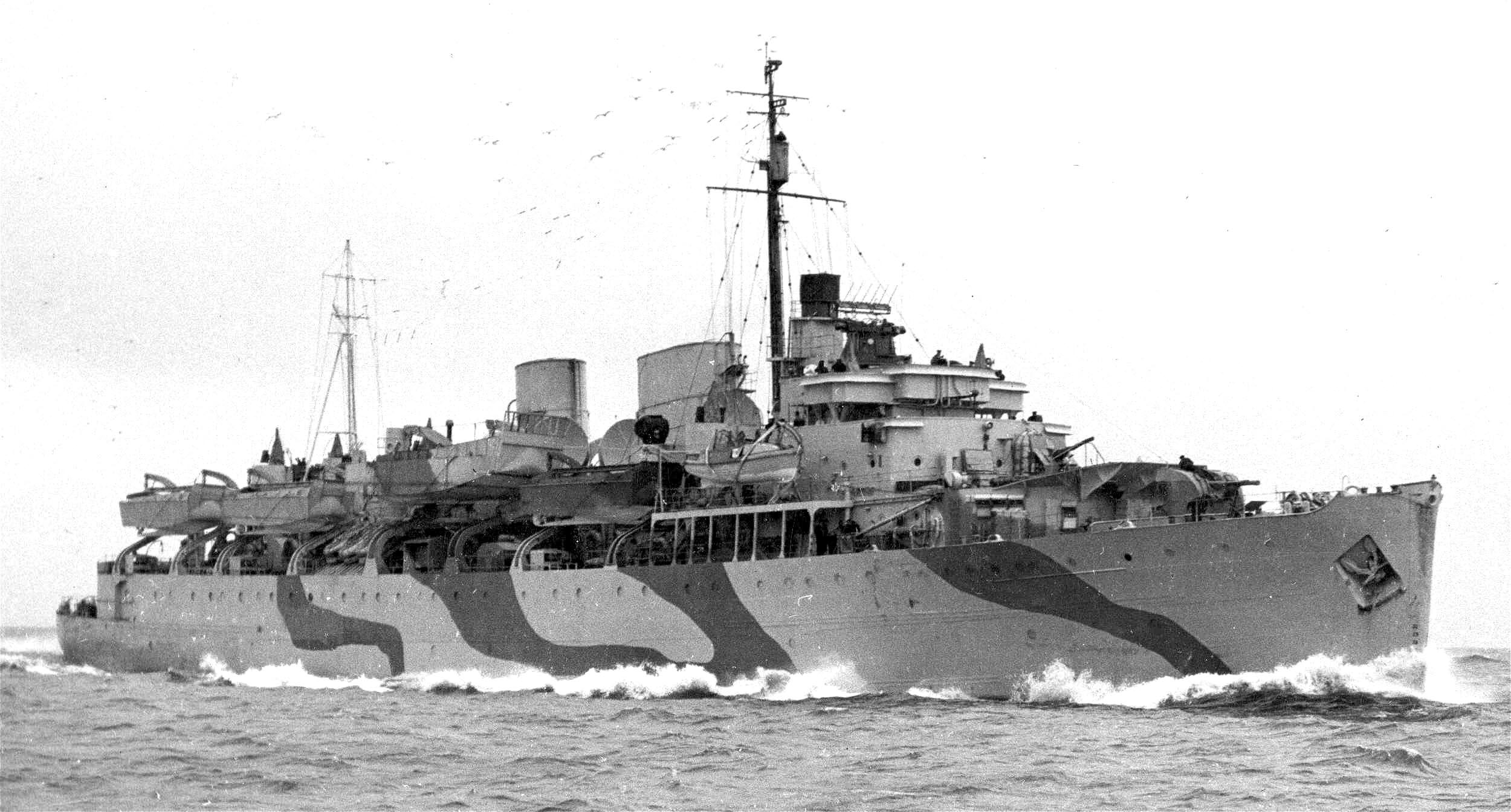HMCS PRINCE HENRY (F70)

HMCS PRINCE HENRY
The History of HMCS PRINCE HENRY
Originally a Canadian nation liner but latterly Clarke Steamship's North Star, she was bought on March 11, 1940, and given back her maiden name. Like her two sisters, Prince Henry was converted to an armed merchant cruiser, commissioning at Montreal on December 4, 1940. She arrived at Bermuda on January 15, 1941, to work up, afterward transiting the Panama Canal to take up patrol off Callao, Peru. On April 1 she intercepted the German freighters Munchen and Hermonthis, which scuttled themselves. In May she arrived at Esquimalt and engaged in patrols off the west coast until August 24 when she left for Halifax via Bermuda. In January, 1942, after brief employment at St. John's as depot ship for Newfoundland Escort Force, she was assigned to patrol duties in the West Indies but was soon again ordered to Esquimalt. Arriving May 7, she served with Esquimalt Force until the following March, except for the months of September and October, 1942, when she served under USN control in the Aleutians. On March 6, 1943, she commenced rebuilding into an infantry landing ship, was re-commissioned on January 6, 1944, and left immediately for the U.K. She was present on D-Day as a member of Combined Operations Command and, like Prince David, next took part in the invasion of southern France. She remained in the Mediterranean until March, 1945, then proceeded to London to refit in East India Dock. During the refit, on April 15, she was paid off, and used afterward by the RN as an accommodation ship first at Portsmouth and later at Falmouth. Sold to the Ministry of Wartime Transport in 1946, she was renamed Empire Parkeston and employed as a troopship between Harwich and the Hook of Holland. She was broken up in 1962 at La Spezia, Italy.
HMCS PRINCE HENRY Statistical Data
- Pendant: F70
- Type: Armed Merchant Cruiser
- Class:
- Displacement: 5736 tonnes
- Length: 385 ft
- Width: 57 ft
- Draught: 21 ft
- Speed: 22 kts
- Compliment: 31 Officers and 386 Crew
- Arms: 4-4" Guns (2 x II), 2-2pdrs, 8-20mm
- Builder: Cammell, Laird & Co., Birkenhead, U.K.
- Keel Laid:
- Date Launched: 13-Apr-05
- Date Commissioned: 04-Dec-40
- Paid off: 15-Apr-45
